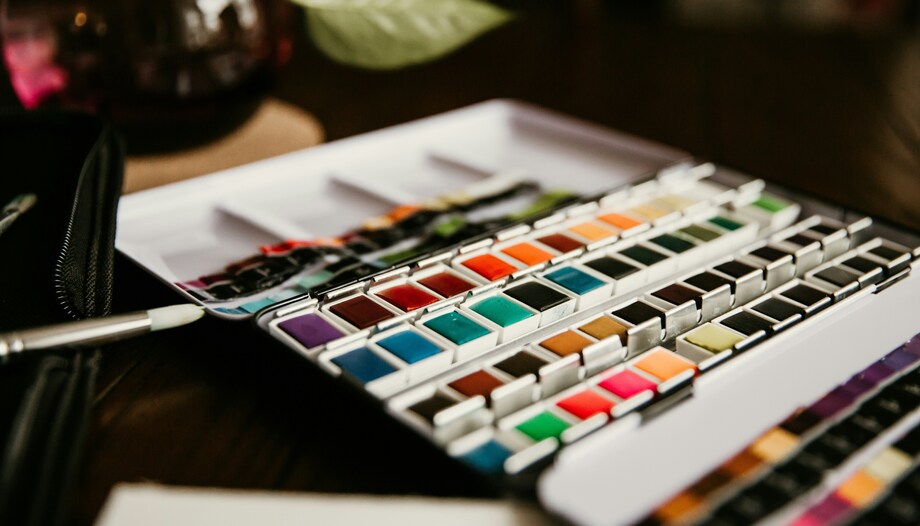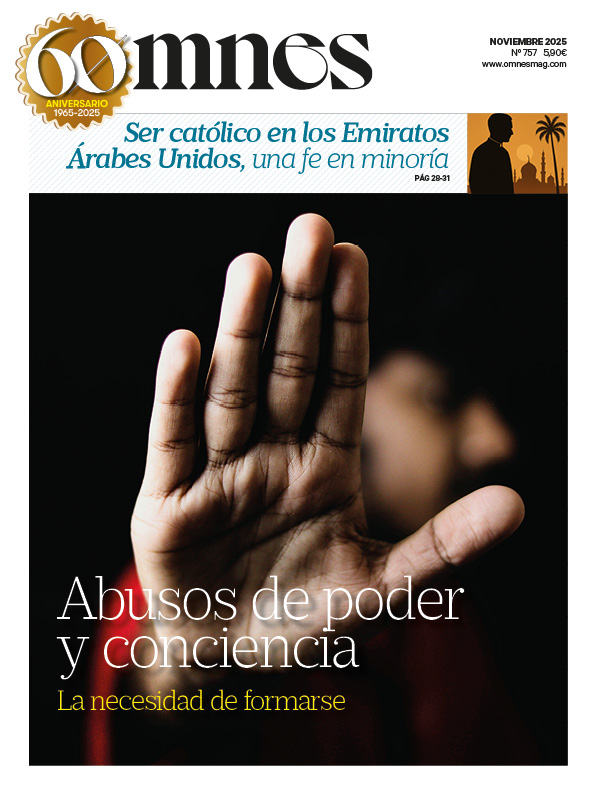On Wednesday, June 5, 2024, the exhibition "Watercolors" by Ángel María Leyra Faraldo (1938-2021), my father, opens at 7:30 pm at the Casa de Galicia in Madrid, in its beautiful headquarters at 8 Casado del Alisal Street, between the Prado Museum and the Retiro Park, next to the church of the Jerónimos. It can be visited until Sunday, June 30 of this year.
The exhibition has been selected by Pedro Javier González Rodríguez, professor of Art History at the UNED, friend of the artist as he was of his father, the Galician painter and intellectual José Leyra Domínguez (1912-1997). He is the one who has selected the paintings that can be enjoyed during these spring and summer weeks in Madrid, as well as the one who has named them and written the beautiful prologue that begins the catalog published for the occasion.
By the way, I would like to take this opportunity to point out a small error that appears in the catalog due to an oversight of mine. And as one can learn from mistakes, I would like to take advantage of it to put it on record here: below the photo of each painting, the initials "Ca" appear, which in Latin abbreviates the word "Circa", which in Spanish means "Around, approximately" and which is usually used to date works whose exact date is unknown. Well, in the catalog, the acronym "Ca" appear in front of the measurements and not in front of the dates as it should be. This small confession is a tribute to my father and his friend Pedro Javier, who liked and still likes to do things well and take care of the small details. I have not inherited this virtue from my father and I tend to do things rather "in a hurry".
The origin of this exhibition is, as you can imagine, in the great affection we all have for my father, a deeply good man. More specifically, on March 5, 2019, we presented with great joy at the beloved Casa de Galicia in Madrid an exhibition on his father's pictorial work (entitled "Paisajes gallegos de José Leyra Domínguez"). On that occasion, we suggested to him the idea of one day exhibiting his own watercolor work, unpublished to date, and, with a sense of humor, he encouraged us to do it rather after his death. My father was a reserved man and hated being the center of attention.
The life of Ángel María Leyra Faraldo
Born in Ferrol on February 25, 1938 and died in that city to which he always felt linked on August 27, 2021 -providentially both Xacobean years-, since his youth he lived in an environment close to art and culture, as his father was a Galician intellectual with a great fondness for painting and possessed an excellent library. He studied law at the University of Santiago de Compostela, where he frequented professors of the stature of Don Paulino Pedret, Don Ramón Otero Pedrayo, Don Álvaro D'Ors and Don Alfonso Otero. Also at that time he participated in Galician intellectual circles with Ramón Piñeiro, Juana Torres, María Auz and José Luis Franco Grande, as the latter wrote in his memoir Los años oscuros. The cultural resistance of a generation.
A deep believer, for him the first thing was his dealings with God, from where he drew strength to attend with care to his family and his work and to try to help with his characteristic cordiality anyone who approached him. On August 10, 1968, he married María Luisa Curiá Martínez-Alayón, the great love of his life, with whom he had 7 children and to whom he remained faithful until his death.
He worked at the Universidad Laboral de La Laguna, at INSALUD and at the Universidad Internacional Menéndez Pelayo, where he retired in 2003 and which awarded him the medal for dedication and excellence in work. At that ceremony he said that he was retiring with the intention of following the advice received by Sancho from Don Quixote when he was about to begin the government of the island of Barataria: "Show, Sancho, the humility of your lineage". During his years of work, and more intensely after retirement, he kept alive his great love for the Humanities, especially History. As a result of those years of reading and research, he left three published works, the last two posthumously: Santiago el Mayor, tras las huellas del apóstol; El traslado del cuerpo de Santiago el Mayor and Breve historia del liberalismo; he also left numerous unpublished writings.
Along with the love he professed throughout his life for Galicia and Galician culture, I would like to point out that Ángel María Leyra Faraldo felt all his life as a Spaniard, a European and a citizen of the world. In short, he knew how to combine, like the vast majority of Galicians, his love for his small homeland and his appreciation for the mother country, respecting and admiring the good works of so many people from so many places and different countries. I can say without exaggeration that he was a universal Galician, not because he is known worldwide but because of his ability to appreciate and value the good things of the whole world.
As Professor González Rodríguez points out in the prologue to the catalog, Ángel María had a legal background, but, above all, he liked to look for beauty in his surroundings and, as a man of deep Christian convictions -a mystic, I believe- he was always aware of the presence of the supernatural. In a letter of 2020 (June 14) he told me: "On one occasion, while I was in the garden of the house of a son-in-law of mine, I saw some lilies from afar and I had the clumsiness to think that their beauty was not so great. But, after reacting, I approached them and contemplated, surprised and amazed, their extraordinary and mysterious beauty". That was how he was, always marveling at the beauty of creation.
As a child, as he himself tells in an unpublished writing, entitled "Memories of my life" (2018), his parents gave him a box of watercolors and, since then, in the shelter of his father, while D. José Leyra never tired of painting oil paintings through the beautiful landscapes of the region of Ferrol, he used his watercolors to capture, in his own way, the beauty. In fact, the Galician landscape painter Felipe Bello Piñeiro advised him "to choose to paint wide panoramas, landscapes with wide horizons". Also, as we know, his father encouraged him in his slow and meticulous work. Watercolor, although employed by great masters such as Dürer, W. Blake and Turner, was not always considered a major technique. Recall that Evelyn Waugh, in his delightful "Return to Brideshead" has the protagonist's father say to him, "I suppose you are going to take up painting seriously and employ the oil technique."
Between the fifties and sixties approximately, he developed his not very extensive pictorial production, sometimes awarded. In his works, Ángel María, like his father, shows himself to be in love with the Galician landscape; an idealized landscape in which he tries to capture the beauty of the everyday that, perhaps, because it is always present, we do not see. The sea, the fields, the stones of Compostela..., the eternal Galicia is what his brushstrokes transmit to us.
Taking him, in this case, the opposite of Rainer Maria Rilke, I think we can affirm that in the landscapes of Ángel María Leyra Faraldo beauty, when it emerges, does not lead to the terrible, but to peace".








